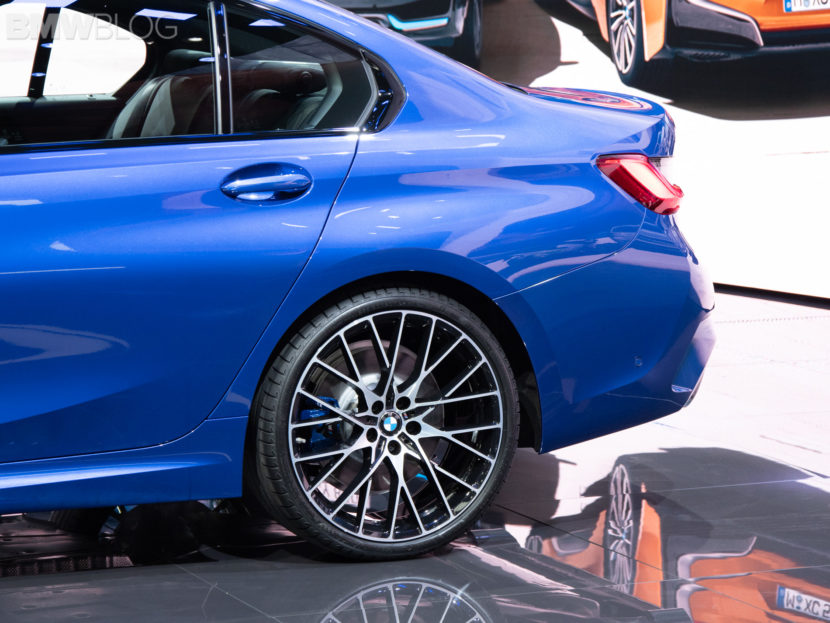When BMW first revealed the new G20-gen 3 Series, the big news surrounding it was its new suspension setup and steering tweaks. According to BMW, the new 3 Series was given the full handling treatment, so as to put it back on top of the segment it once started. BMW also tweaked its steering to provide more natural accuracy and better feel. From what we heard from journalists who drove pre-production models, it all seems to have worked. But just what exactly did BMW do to make the new 3 Series so much better than before? Jalopnik recently spoke with the 3 Series’ Dynamics Engineer, Robert Rothmiller, to find out.
BMW apparently had a comprehensive plan for the G20 3 Series and its handling improvements. That plan was broken down into three phases: “weight and track width, body and chassis stiffness, and technical systems”, according to Rothmiller.
One of the parts of the “technical systems” that BMW improved was the steering. While many BMW fans, and just car enthusiasts in general, have complained about BMW’s variable ratio steering racks, this new one has been designed to remedy those complaints.
To understand it best, we need to know the purpose of variable ratio steering racks. The idea is to have “slower” steering, so-to-speak, on center, so that small movements of the steering wheel do not create large steering movements. This helps to keep the front end from feeling twitchy or nervous. However, at higher degrees of steering lock off center, the idea is to have small steering wheel movements make big steering movement, in layman’s terms. BMW’s previous variable steering did this but the jump between the two steering ratios was drastic and sudden, making it sometimes unpredictable and sketchy feeling while pushing it hard. Now, the jump is far smoother, using a more progressive change in the gear teeth on the steering rack. Jalopnik shows a hand-drawn diagram by Rothmiller, which really clearly shows this off.
Probably the biggest factor of the new 3 Series’ handling dynamics has to do with its suspension. More specifically, the so-called “lift-related dampers” that BMW has been going on about since the reveal of the current 3 Series. Rothmiller explains these new dampers to Jalopnik and talks about how the fronts are tuned differently than the rears, as as to keep the car composed over undulating surfaces. For this, he also draws some diagrams, which are very helpful in understanding all of it.
The article is long and chock-full of fascinating technical details about what makes the new G20-gen 3 Series so much better to drive than the current car. A mountain of tiny details have added up to make the new G20 3 Series sharper, more dynamic, more predictable and, most importantly, more communicative. It’s a really good read so, if you’re a tech nerd like we are, you should check it out.
[Source: Jalopnik]






































































